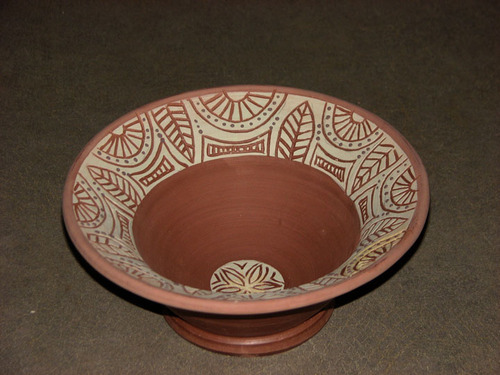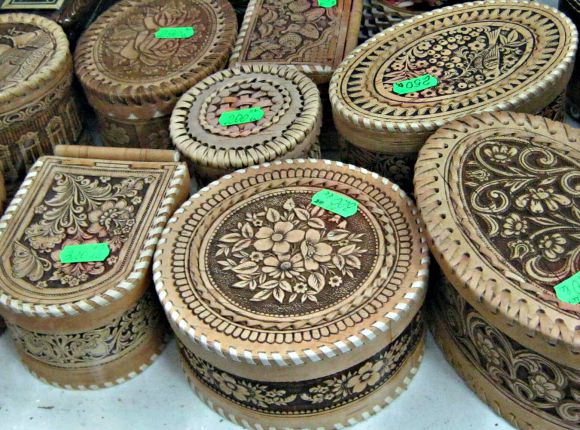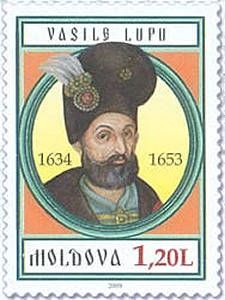Moldova has a very
arts-rich history, and the arts are an important part of their culture. Their
art is divided into several genres; one of them is called decorative arts,
which includes handicrafts, pottery, ceramics, metalworking, traditional
clothing making, etc. One art that they are particularly known for is their
ceramics. Ceramic bowls and pots were used for preparing and cooking food and
for food storage as well. Moldovan ceramics differs a little from other
ceramics traditions in the fact that their ornamentation is made up of lines,
dots, and circles like no one else does. Their choice of colors, ornamentation,
and basic form sets their ceramics apart from the others.
 |
| I think I need this. |
They also have a
strong tradition of woodcarving. Quite a bit of their woodcarving is for
household objects such as tables, chairs, other pieces of furniture, utensils,
and tools. But Moldovan woodcarvers are also known for carving the support
pillars in their homes or porches. Just hope they don’t carve it too thin!
 |
| I really need these, too. |
For women,
embroidery has long been an art that has been passed down generation to
generation. And really, up until recent decades, there wasn’t a home where the
woman didn’t decorate something with embroidery. Things like pillowcases,
tablecloths, curtains, towels, and women’s blouses are examples of some of the
objects women typically embroider. Some of the motifs include floral designs,
animals (butterflies, chickens, ram horns), or other natural designs (rivers,
trees, mountains). Many women also just embroider geometric or zig-zag designs
as well.
 |
| And this shirt, too. I think I need to start saving my money to go to Moldova. |
Many Moldovan
artists today work with a number of mediums from painting to sculpting to
graphics and computer arts. Many of the top colleges and universities offer
arts programs, and art galleries dot cities and towns across the country.
 |
| by Mihai Grecu (1916-1998) |
Literature in
Moldova shares not only a common language but many literary traditions with
Romania. The earliest works we know of go back to the Middle Ages to about the 10th
or 11th centuries. During this time, written works were pretty much
religious texts. And it was also written in what’s called Old Church Slavonic.
The first book in Moldova to be published was Kazania, which was published in 1643. However, a translation of the
Psalms into Romanian was published not long after this.
The 15th–17th
centuries saw quite a bit of changes to literature during this time. A prince
by the name of Vasile Lupu established a university and several publishing
houses, not to mention establishing some of the earliest laws in Moldavia.
Later on, historical works and chronicles began to take hold, documenting the
history of the land.
This carries us
into the 18th century where secular works began to take a foothold.
More dictionaries and language books also were produced during this time.
Storytelling and lyric poetry was becoming more common, especially love stories
and stories of social struggles. The first newspapers began being published
during the 19th century.
During the Soviet
years, writers were still producing works. Much of these works came in both
prose and poetry forms and often discussed the revolution. During WWII,
literature was still produced without hesitation in all genres: children’s lit,
epic novels, essays, short stories, poetry, and other genres. There was also a
rise in literature from Bessarabia and a slight rise in literature written in
Gagauz, mostly available from the efforts of Mihail Ciachir who put together
the first Gagauz dictionary and grammar book during the 1920s and 1930. In the
early 1990s, another surge in Gagauz literature took place after independence.
Today, Moldovan
writers span all genres and styles. Some Moldovan authors of note include Ion Druta,
Emilian Bukov, Leonid Corneanu, Samuil Lehttsir, Gheorghe Asachi, Ienachitsa
Vacarescu, Demitrie Cantemir, and many more.




No comments:
Post a Comment